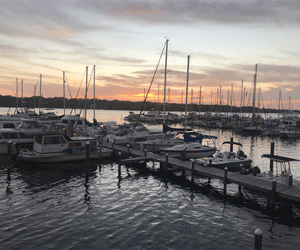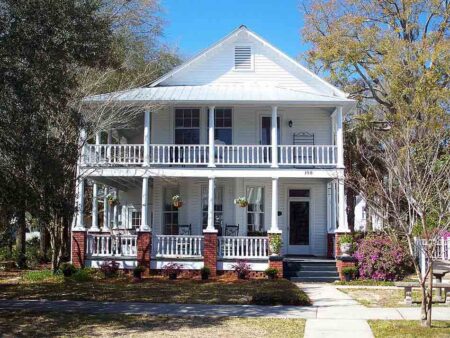NORTH FLORIDA — As we move into the month of September and into fall, we are entering our best gardening season here in North Florida.
Fall is a great time to plant container-grown trees and shrubs. Some natives with good fall foliage include hickory, sassafras, red maple, oakleaf hydrangea and Elliott blueberry.
We often have our peak of fall color during November to December. The extent and depth of color depends on the amount of rain and cold weather we have before then. For colorful berries, plant American beautyberry, yaupon holly or American holly.
The following information on flowering bulbs, annuals and perennials was contributed by David Marshall, retired Leon County Extension Agent.
Plant paperwhite narcissus, snowflakes (Leucojum vernum), Easter lilies, Madonna lilies, amaryllis bulbs and Louisiana irises. Divide and replant overgrown clumps of perennials that have finished blooming. Lift and divide daylilies.
To separate irises, dig, cut the foliage back to three inches and allow the rhizomes to air dry for a few days before replanting. Plant petunias and dianthus.
Try something new when choosing perennials for planting this fall. Some fall-blooming perennials to try include lion’s ear (Leonotis leonurus), which has bright orange flowers; cigar flower, (Cuphea micropetala), which has orange flowers shaped like tiny cigars, tipped with yellow; Philippine violet (Barleria cristata) which blooms with a profusion of dark lavender flowers and firespike, (Odontonema strictum), a four to five-foot plant topped with tubular red flowers.
Ornamental grasses are also good additions to the fall garden. Muhly grass, Muhlenbergia capillaris, is a native with pinkish-purple flower heads.
Pull up and throw away summer vegetable plants that have finished producing. Don’t till them into the soil. You could end up spreading diseases. Add organic soil amendments such as compost or well-chopped leaves. Anything you add should be well composted and thoroughly mixed into the soil.
Plant fall vegetables beginning in September as temperatures cool, including broccoli, cabbage, carrots, collards, endive, escarole, leeks, turnips, radishes, mustard, beets, kale and green onions. Wait until next month to plant strawberries.
If your lawn is developing areas that yellow and then turn brown, and you cannot find any sign of insect pests, then the problem may be a fungus disease, particularly if we are getting frequent rains or if you have been over-watering. Closely examine grass blades to see if they appear to be rotting off where they’re attached to the stem. If so, a fungus disease is a good possibility.
Finally, in case of a bad storm, we all may be busy cleaning up and renovating our landscapes. In this case, the following UF/IFAS Disaster Handbook may prove useful. http://disaster.ifas.ufl.edu
Larry Williams is the Extension horticulture agent with the Okaloosa County Cooperative Extension Service, University of Florida. Contact Larry at 689-5850 or email lwilliams@myokaloosa.com.







